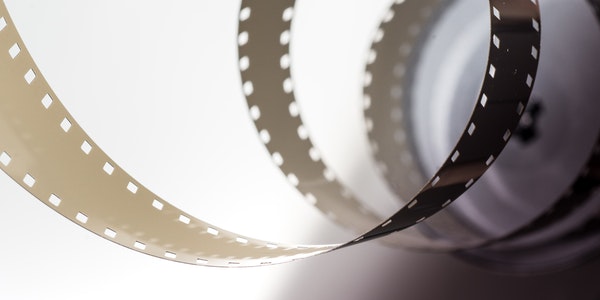Table of Contents
Light and shadow structure
Cubist painters understood the ever-changing forms of objects as a combination of several simple geometric shapes. For example, the head is a cuboid, the eyes are a sphere, and the nose is a cone… This is of great reference value for photographers to study the basic shapes of light and objects.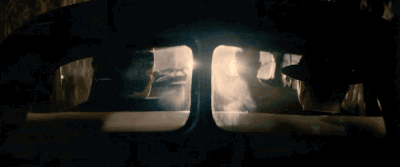
After an object is illuminated by a beam of light, it will inevitably produce a variety of different light and shadow structures, and there are logical laws between them.

Take a cylinder as an example: Suppose that in a non-light environment, a beam of light illuminates the cylinder from the side and above, forming a light-receiving surface, a backlight surface, a light-dark boundary, and a shadow. The light-receiving surface is composed of a series of continuous brightness, which can be simply regarded as composed of a bright surface and a sub-bright surface.
The backlight surface that is not irradiated by the light is facing away from the light source, so it should be dark, but because the light illuminates the cylinder while also illuminating the surrounding environment, it will inevitably produce environmental reflection light, and the light returning to the space illuminates the backlight of the cylinder surface. Therefore, the backlight surface is not dull and dark, but has a certain brightness, like the light-receiving surface, from bright to dark, continuously changing, but the brightness is weak compared with the light-receiving surface. The backlight surface can also be simply regarded as composed of a dark surface and a sub-dark surface.
Three basic styles
The tone composition is restricted by the position of the object, the light source and the viewing angle.
Tone can be summarized into three basic forms:
(1) The light source is on the side of the object and forms a 90° angle with the viewer, usually called side-light illumination. The tonal relationship formed by the object is shown in Figure a above. Taking a cylinder as an example, it is composed of five tones, with the shadow on one side, which is usually called a full tone (or gray tone) with a light and dark surface structure. This tone is rich in layers and has a strong sense of three-dimensionality.
(2) The light source is behind the object, and it is at an angle of 180° to the viewing angle. It is usually called backlighting. The tonal relationship formed by the object is shown in Figure b above. The cylinder can’t see the light-receiving surface, only the backlight surface, and the shadow tones are only dark and sub-dark. In addition, there is a bright outline form, usually called a dark tone. The image lacks gradation and three-dimensionality.
(3) The light source is in the same direction as the viewer, and the tonal structure of the cylinder is as shown in Figure c above, usually called forward lighting. In this lighting situation, the backlight surface, the boundary line between light and dark and the shadow cannot be seen, only the bright light-receiving surface can be seen. The cylinder consists of only two tones, bright and sub-bright, and has a darker outline form, usually called bright tone. Bright tones can show the full picture of the object, like dark tones, lacking a sense of three-dimensionality.
Cubist painters decomposed the ever-changing forms of objects into several simple geometric combinations. Therefore, grasping the light and shadow structure produced by light on the cylinder is representative and valuable for the photographer to study the relationship between light and the basic shape of the object.
shadow
Light irradiates an object and produces shadows at the same time. There are three forms of shadows: (1) Projected on itself, such as the nose shadow on the face. (2) Shadows that are not illuminated by light, such as backlit surfaces. (3) Shadows projected on other objects, such as the ground and walls.
The law of shadow
(1) Since the light propagates in a straight line in the same medium, the light source, object and shadow always remain in a straight line, and no shadow can be seen at the position of the light source.
(2) One light source has one shadow, and two light sources have two shadows. The amount of shadow is directly related to the light source.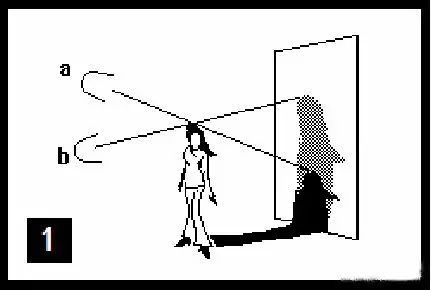
(3) The height of the shadow cast on the wall is related to the height of the light source. The higher the light source, the lower the shadow ↑: the a lamp is higher than the b lamp, so the shadow on the wall is lower than the b lamp.
(4) When the distance between the light source and the object remains unchanged, the height of the shadow on the wall is related to the distance between the object and the wall.
(5) The direction and size of the shadow on the ground are related to the direction and height of the light source. The light source is on the left side of the object, and the shadow is on the right.
(6) In a point light source, the size of the shadow is related to the distance of the light source.
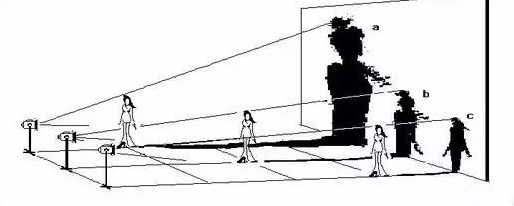
Shadow
The reality of the shadow is related to the nature of the light source. Direct light and the real shadow have clear boundaries. The scattered light shadows are imaginary, without sharp edges.
The virtual reality of the shadow is related to the distance between the object and the light source. When the distance between the object and the shadow remains the same, the larger the light distance, the more solid the shadow, and the smaller the light distance, the more virtual the shadow.
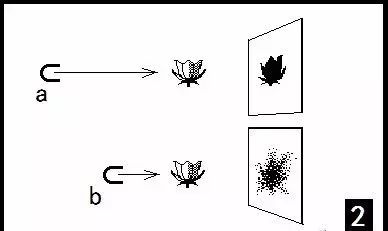
When the distance from the object to the light source is constant, the virtual reality of the shadow is related to the distance from the object to the shadow. The smaller the distance, the more solid the shadow, and the larger the distance, the more virtual the shadow.
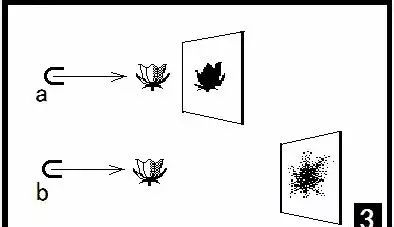
When the size of the object, the distance of the light source and the distance of the shadow remain unchanged, the virtual reality of the shadow is related to the light-emitting area of the light source. The smaller the light-emitting area, the more solid the shadow, and the larger the light-emitting area, the more imaginary the shadow.
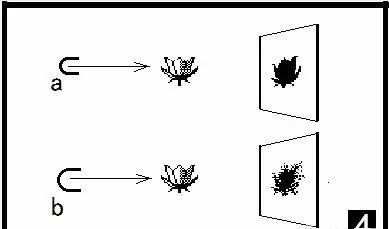
When the area of the object is much smaller than the light-emitting area of the light source, the larger the light source distance and the smaller the shadow distance, the clearer the shadow will be.
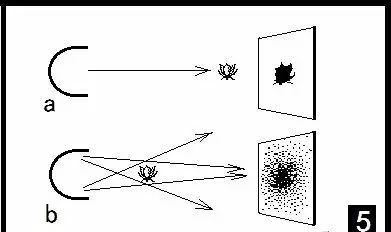
The revealing function of shadow
(1) Shadows are used by photographers in traditional movies as a means of revealing the space outside the picture frame. The composition of the picture is limited by the frame, and it can only show the scene inside the frame, and the scenery outside the painting space cannot be seen. Therefore, photographers often cast shadows of objects outside the painting into the painting to show the existence outside the painting. Take the film “Tango Crazy Love” (Tango, 1999) dance rehearsal shots, for example.
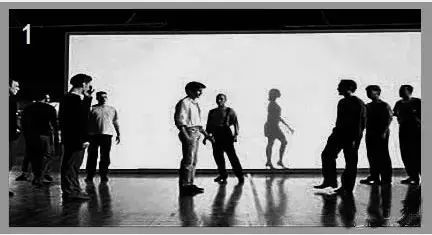
The background is a screen, and the shadow of the actress behind the scenes is cast on the curtain. Although the audience cannot see the characters behind the scenes, they can know the existence of the characters behind the scenes through the shadows.
(2) Shadows can reveal the surface shape of objects. The picture below is a wooden house in a mountainous area. Under the front sunlight, the log shape of the log house cannot be shown. Therefore, the shadow cast on the wall and the ground by the tree trunk shows the shape of the log on the wall and the unevenness of the ground.
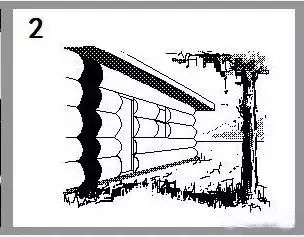
(3) In photographic modeling, shadow is an advantageous means to highlight the main body and cover up the secondary body. In the composition, the secondary factors can be handled in the shadows to make them inconspicuous and not overwhelming. Shadow is an important element in the composition of the picture.
